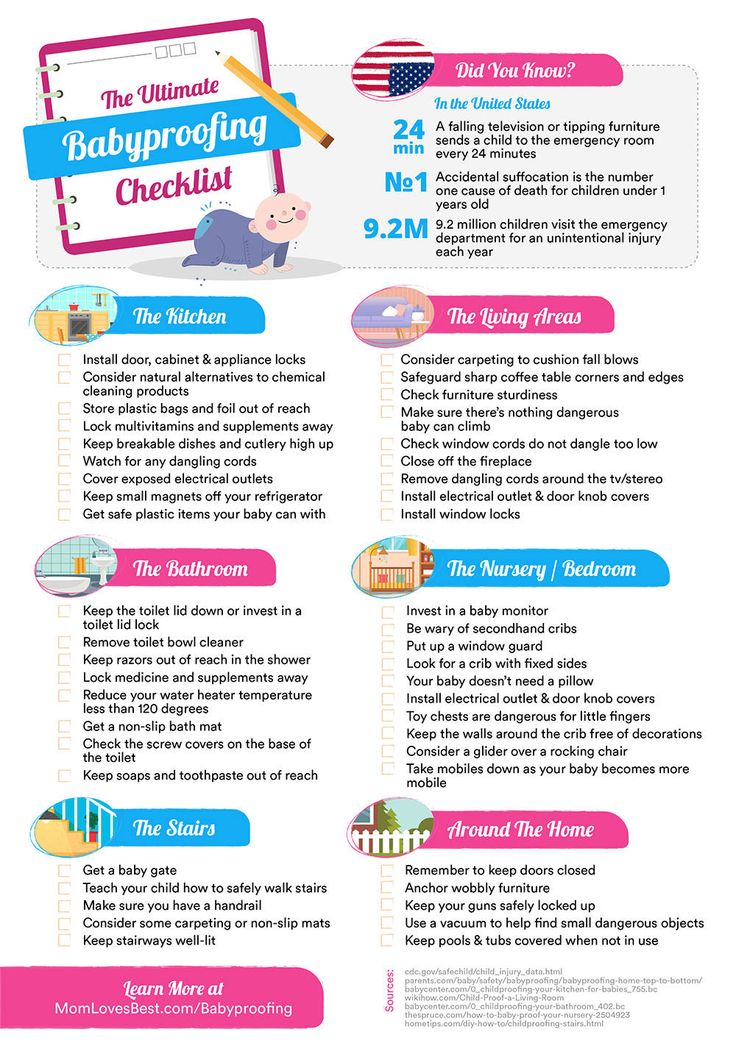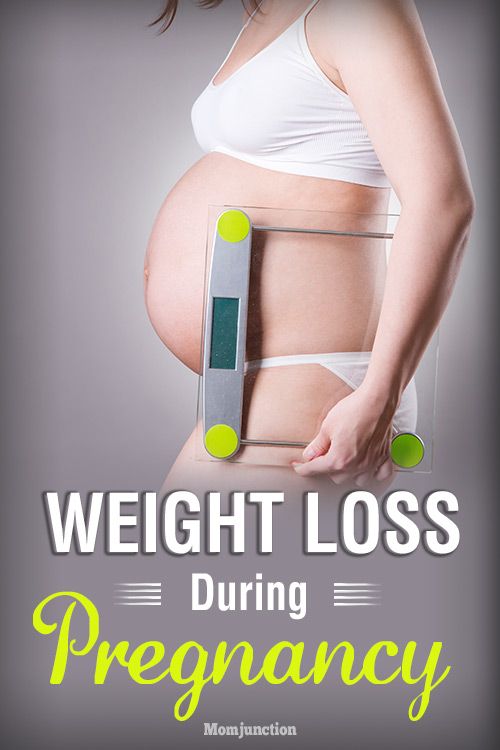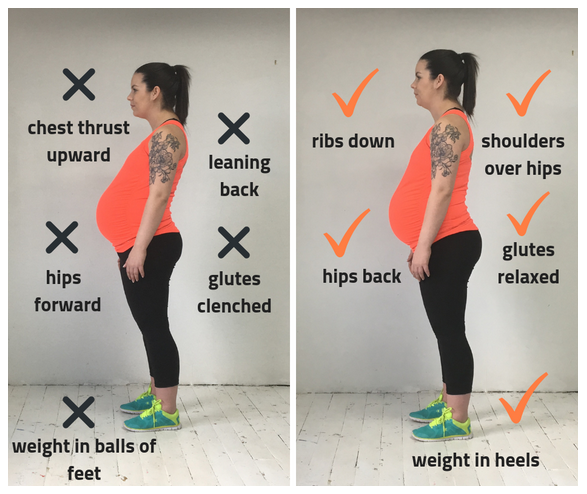Child proof outlets how to use
Child Proof Outlet Installation - Tamper-Resistant Outlets
Welcoming a child into your home is exciting and often a little stressful. There are a lot of things you need to do to prepare for a child to be in your home. Everything from setting up a nursery to covering up sharp corners is an absolute must. Installing child proof outlets should also be towards the top of your to-do list.
Every year, more than 2,400 children in the United States are treated in emergency rooms due to electrical shocks and burns from tampering with electrical outlets. Installing child proof outlets, also called tamper resistant receptacles (TRR), provides an inexpensive, simple, and permanent solution for these accidents.
Are you planning on bringing a child home soon, or hoping to make your home more friendly for grandchildren, friends’ children, or other young ones in your life? This article explains what you need to know about child proof outlets:
- What are Child Proof Outlets?
- How to Operate a Child Proof Outlet
- What do Children Put in Electrical Outlets?
- Update Your Home to Include Tamper-Resistant, Child Proof Outlets
- Products to Avoid
What are Child Proof Outlets?
Though child proof outlets appear nearly identical to standard wall outlets, they are anything but. Spring-loaded receptacle cover plates protect electrical contacts, preventing the insertion of objects when unequal pressure is applied to the receptacle’s contact points. This design makes it very difficult for anyone to insert something incorrectly, while still leaving the outlet conveniently open for proper use.
How to Operate a Child Proof Outlet
For adults who know how to properly operate a plug, using a childproof outlet is simple. These outlets do not require the strength or knowledge required to operate most other child proof devices. In order to insert a plug into the receptacle, simply apply equal pressure to both sides simultaneously (as you would normally do) which allows the receptacle’s cover plate to open. Never seen a child proof outlet? Visit the Electrical Safety Foundation International’s website for a virtual demonstration.
What Do Children Put in Electrical Outlets?
Nearly a third of accidents occur when a child inserts common household items into receptacles, 70% of them occurring when adults are present.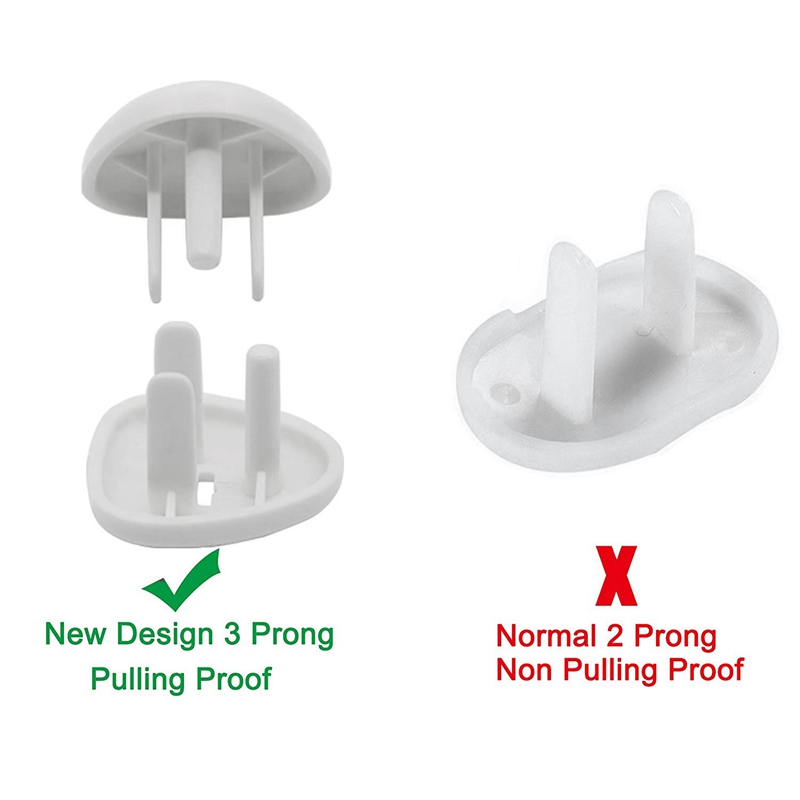 Items that children insert into outlets can be found anywhere, and include:
Items that children insert into outlets can be found anywhere, and include:
- Hairpins
- Keys
- Plugs
- Paper clips and staples
- Tools
- Jewelry
- Belt buckles
- Nail files
- Knives
- And more
Update Your Home to Include Tamper-Resistant, Child Proof Outlets
For just a few dollars per outlet, pennies more than traditional receptacles, you can bring your home up to code and make it safer for your family by having child proof outlets installed. In fact, tamper proof receptacles have proven so effective that as of 2008 the National Electrical Code has required the installation of them in all new homes. Without child proof receptacles, your child is at risk of:
Electrical Shocks
Seven children per day, 2,400 children per year, will be injured by placing objects into electrical outlets.
Electrical Burns
Almost all injuries (95%) resulting from electrical outlets cause burns.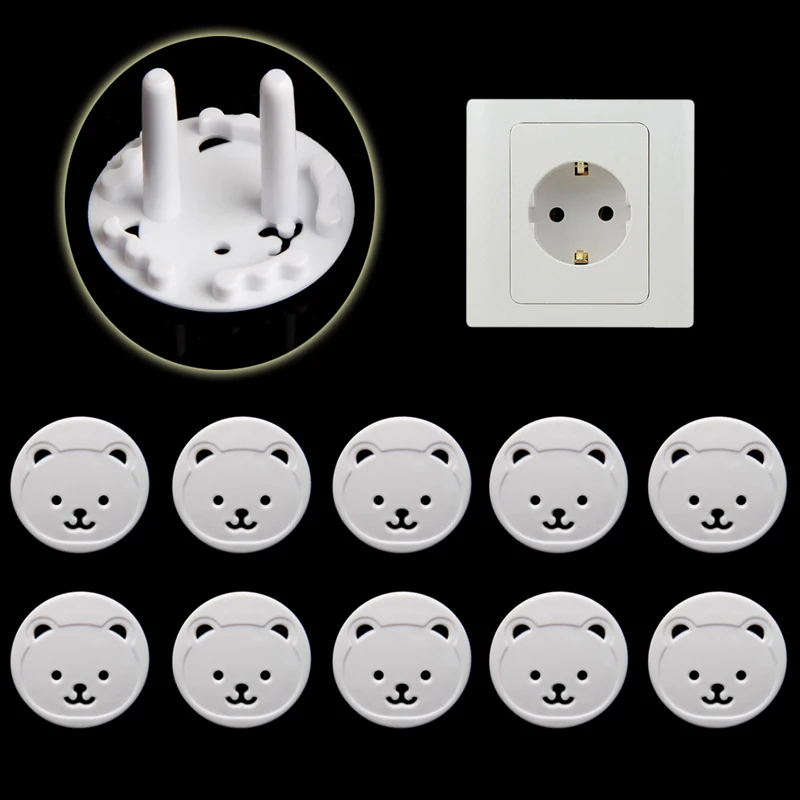 Though they range in severity, it is important to understand that burns are very serious in young children, whose skin is thin and offers little resistance to electric flow or heat.
Though they range in severity, it is important to understand that burns are very serious in young children, whose skin is thin and offers little resistance to electric flow or heat.
Serious or Fatal Injuries
Reduce this risk by calling Mr. Electric® to install child proof outlets in your home today.
Products to Avoid
When selecting child proof outlets for your home, avoid those that require you to screw plugs in place, as they are not only inconvenient but also present a fire hazard. In addition, once outlets are installed, avoid the use of plastic plugs – your outlets are now tamper proof, and these items present a choking hazard to small children.
To ensure safety through the proper installation of child proof receptacles in your home, contact a licensed, qualified professional at Mr. Electric. Our technicians have the best interests of you and your family at heart.
Keep Your Child Safe With These Childproof Outlet Options
Keep Your Child Safe With These Childproof Outlet OptionsPhoto: maxbelchenko / Adobe Stock
Highlights
Tamper-resistant outlets are spring-loaded to prevent unwanted items from generating an electrical current.
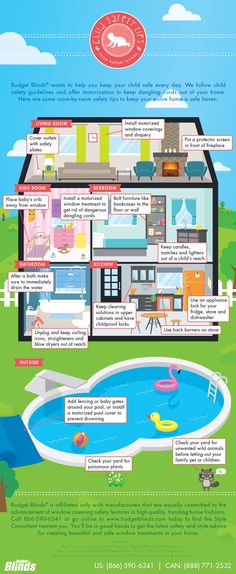
These outlets add an extra layer of protection and can be used alongside other childproofing methods.
You can hire an electrician to replace your existing outlets with tamper-resistant outlets.
Every home can benefit from tamper-resistant outlets, not just those with children currently living in them.
Get quotes from up to 3 pros!
Enter a zip below and get matched to top-rated pros near you.
Anyone who has ever childproofed their home knows that preventing curious children from accessing electric outlets is a top priority. However, the little plastic caps that are commonly sold in childproofing kits may not go far enough to prevent electrical accidents—they’re rarely much of a match for an eager toddler looking to explore or make a little mischief. Tamper-resistant outlets are a more efficient way to keep your family safe at home.
How Do Tamper-Resistant Outlets Work?
Photo: Lost_in_the_Midwest / Adobe Stock
Tamper-resistant outlets add an extra layer of babyproofing to your home because they come outfitted with a spring-loaded shutter.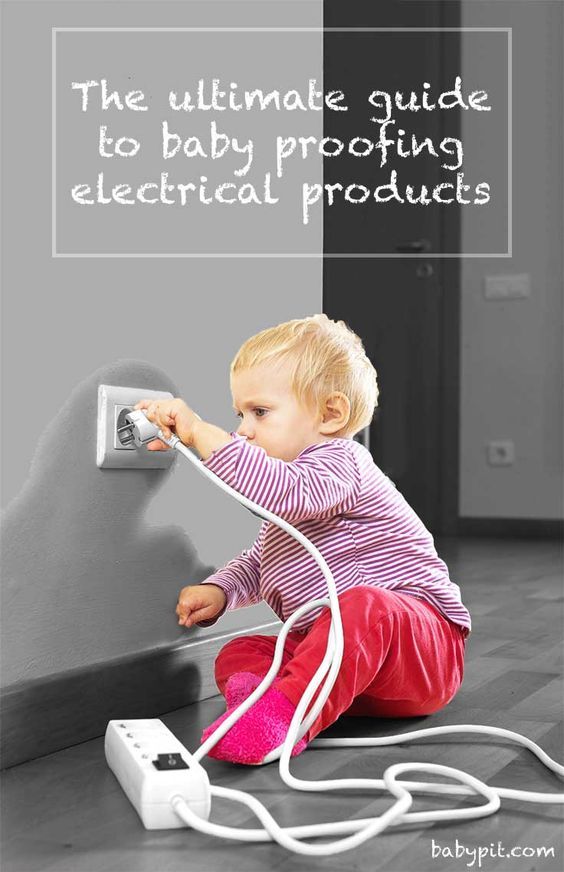 When the outlet’s not in use, the shutter pops close to internally block the slots (also known as contact openings).
When the outlet’s not in use, the shutter pops close to internally block the slots (also known as contact openings).
When you’re ready to use the outlet, all you have to do is push a plug into the contact openings, and the will springs compress, allowing the shutters to open and the metal prongs to create an electrical current.
You need to compress both springs simultaneously to allow them to move, which can prevent a child from accidentally creating an electrical current by inserting toys or other objects into one of the slots.
Outlet Safety in Living and Entertainment Spaces
Photo: Monkey Business / Adobe Stock
It’s always exciting when a child reaches a new milestone—like sitting up on their own, crawling, and walking—but each new stage means the way they explore the world will change as well. Once your baby is on the move, you’ll need to ensure you practice good electrical safety tips and make sure any outlets they have access to are covered.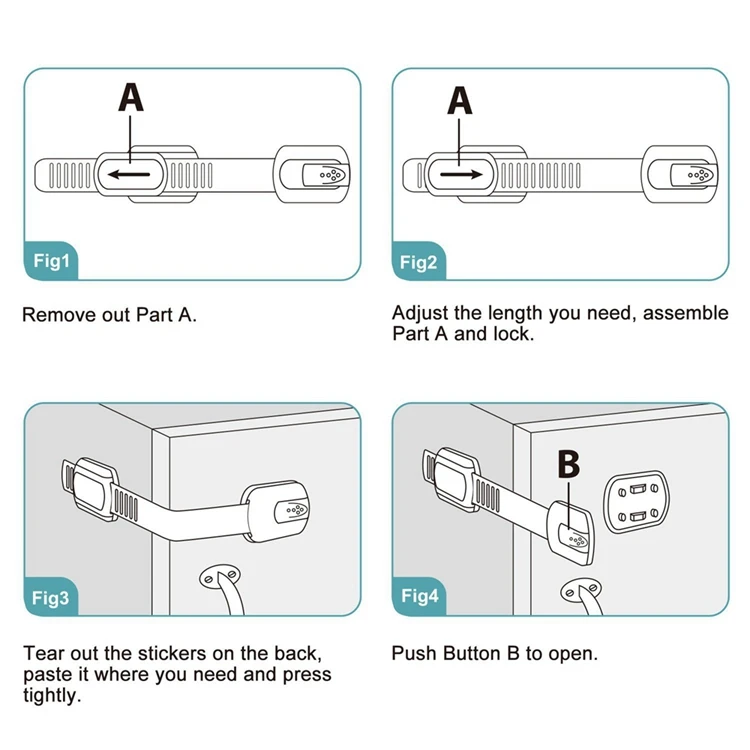 That means using tamper-resistant outlets on all of your lower outlets in common areas and every outlet in their room.
That means using tamper-resistant outlets on all of your lower outlets in common areas and every outlet in their room.
You should even install them in outlets normally covered by furniture like beds and TV stands. You can also move furniture over time, and as far off as it may feel now, someday that nursery will turn into a big kid room with big kid furniture. With the proper outlets already installed, it will take one thing off of your plate while you’re busy mulling over new paint colors.
Buying Tamper-Resistant Outlets
You can typically find these types of outlets at any department store. A pro will install these electrical outlets the same way as their standard counterparts. You can expect to pay around $214 per outlet when you hire a local electrician. We recommend turning to a pro for any and all wiring work, so that’s your best bet.
Layer Your Outlet Protection
Tamper-resistant outlet covers offer an extra layer of protection, but they’re not the only option you can use.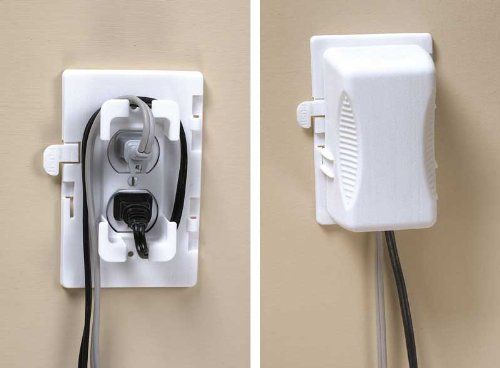 If you’ve ever been around a toddler or small child, you know that when there’s a will, there’s a way, so it can still be a good idea to use those plastic caps as well.
If you’ve ever been around a toddler or small child, you know that when there’s a will, there’s a way, so it can still be a good idea to use those plastic caps as well.
Do You Need Tamper-Resistant Outlets?
Even if you don’t have children living in your home, The National Fire Prevention Association still recommends installing tamper-resistant outlets when you’re replacing your existing outlets.
Not only is your home likely to change hands at some point, but you may have young children over as guests. Making the switch even if you don’t currently have children living with you at the moment will help protect any future pint-sized visitors to your home.
Need professional help with your project?
Get quotes from top-rated pros.
Recommended Articles
Know the ABCs of Pool Safety in San Diego
By Paul Pogue • June 15, 2021
How to Anchor Furniture to Prevent Tip-Overs
By Audrey Bruno • June 17, 2022
How to Childproof Your Home When Your Little One Is Deaf or Hard of Hearing
June 7, 2019
Why do we need curtains in sockets
What dangers can be avoided by using "protected sockets"
Today, in any outlet selling electrical equipment on showcases, you can find, in addition to ordinary sockets with protection.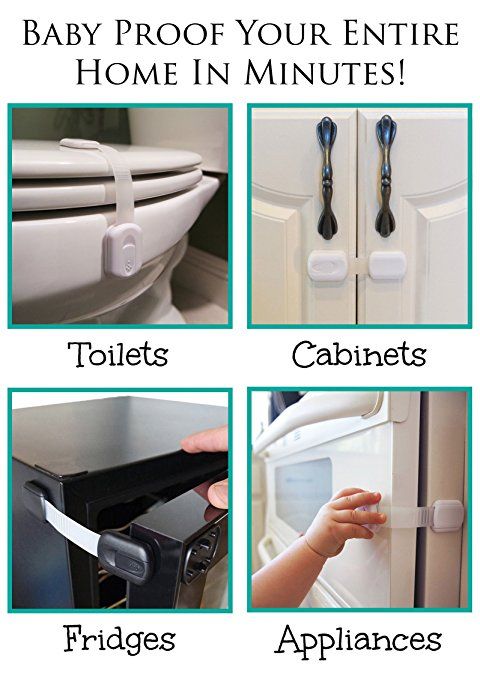 They have built-in curtains. One of the main purposes of these products is protection from children. Why are they called that? How reliable are such sockets able to protect the life and health of a child?
They have built-in curtains. One of the main purposes of these products is protection from children. Why are they called that? How reliable are such sockets able to protect the life and health of a child?
Everyone knows what a rosette looks like. On its front panel, two sockets are made into which the pins from the plug of any device that uses electric current for operation enter.
Looking inside, you will see two metal plates made of yellow metal (brass). It is with them that the pins of the plug come into contact.
The contact plates are not visible in the protected socket. They are closed with plugs made of plastic. In other words, safety shutters. Moreover, the device of these curtains is such that they can move from their place only at the same time. This is what happens when an electrical device is connected to the network, at this moment the plug presses on the protective plugs, moving them away.
Why is this design referred to as “child proof”? Usually the child tries to put a nail, wire or some other metal object into the device.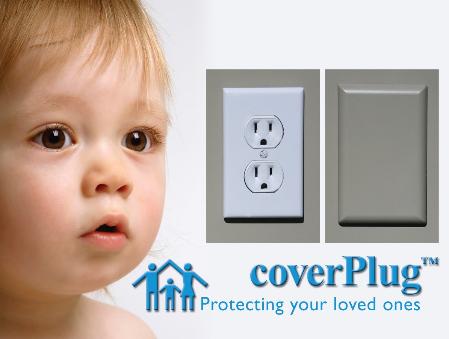 And protection does not allow to do this, because. the flap of the plug cannot be folded back. This prevents him from making the structural elements of the outlet. The plate also cannot rotate as it is provided by the manufacturer, because the plugs can only do this at the same time.
And protection does not allow to do this, because. the flap of the plug cannot be folded back. This prevents him from making the structural elements of the outlet. The plate also cannot rotate as it is provided by the manufacturer, because the plugs can only do this at the same time.
Such devices are produced by different companies, outwardly the products may also look different, but the principle of operation is approximately the same.
Shade is a small piece of plastic. It is mounted in the central part of the electrical outlet and has two petals that can deviate to the sides.
How to connect the appliance to a socket with safety plates? At the moment when the ends of the plug contacts are pressed against the protective plates, they turn in one direction or another, and a contact occurs in the electrical network. After the appliance is turned off, a special spring returns the curtains to their original position. The spring is fixed in the front wall of the device.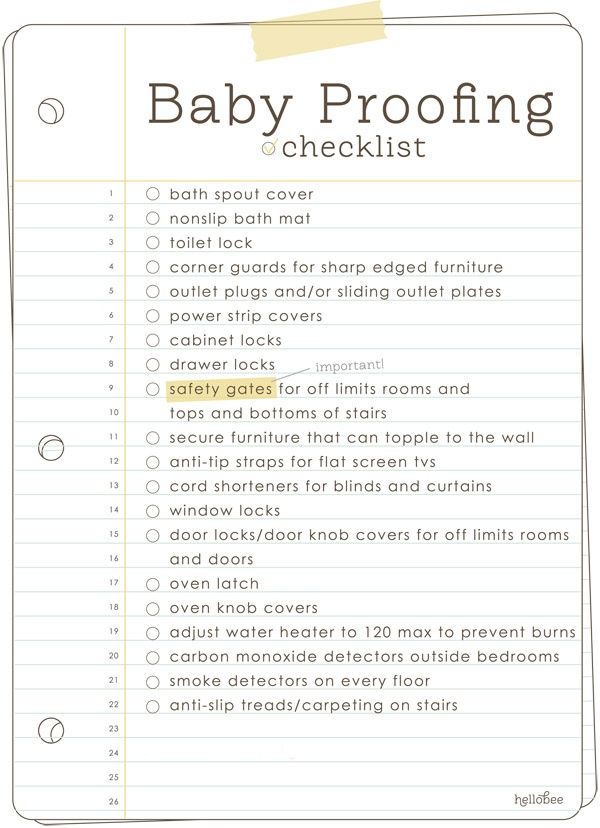
The Schneider Electric socket is designed so that, unlike most other protected products, there is no effort involved in connecting appliances. The plug comes in almost as freely as if it were an ordinary socket.
Where outlets with or without shutters can be used
Similar devices are needed where there are minors, especially young children. These are residential premises, preschool educational institutions, schools and hospitals.
In addition to electrical sockets with protective shutters, there is also a special protection for the plug in the socket against children. These are plugs that physically cover the contacts, preventing children from inserting metal objects into them.
There is no doubt that socket-outlets with protective shutters are more efficient than those with a plug inserted separately. The reason is simple. The plug must be specially inserted, or other actions must be taken to activate the security system. There may be a situation when parents forget to do this for one reason or another.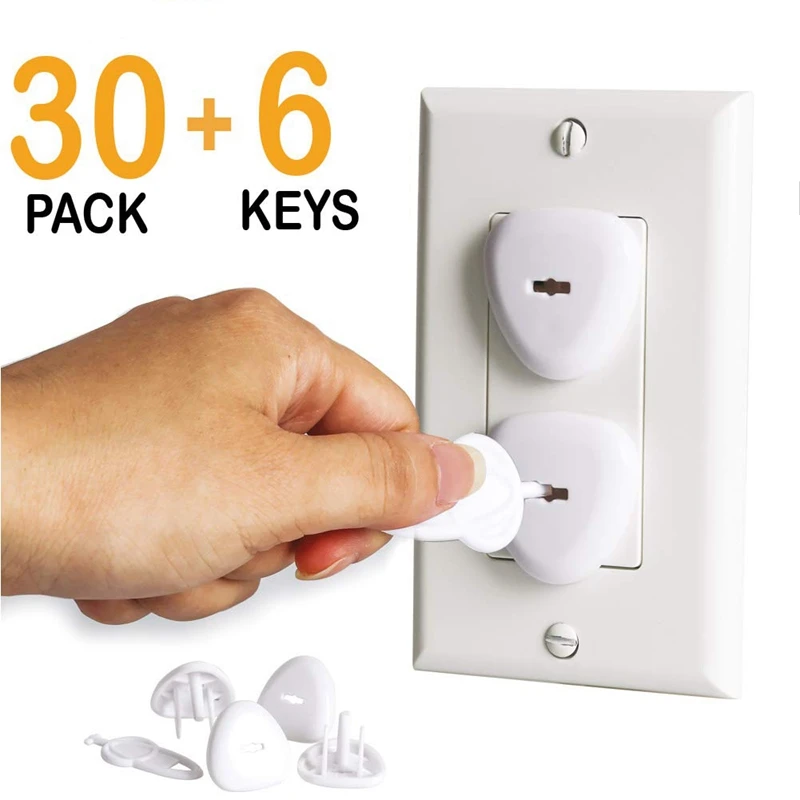 Whereas protective plates are built into the device. Curtains block the ability to get to the electrical contacts in automatic mode. You just took out the plug, and the device became safe for the child.
Whereas protective plates are built into the device. Curtains block the ability to get to the electrical contacts in automatic mode. You just took out the plug, and the device became safe for the child.
It should be noted that plugs can often be used in outlets that already have shutters. Security cannot be too much when it comes to children.
Covered outlets
These devices provide a range of additional benefits:
The front panel of the outlet gets dirty easily and is difficult to clean. The lid keeps dirt out of the inside of the mechanism and is easy to keep clean.
Water or dirt entering inside may cause a fire or other hazard. The lid protects against this.
The lid, matched to the decoration of the room, gives the room a cozy and beautiful look, unlike a conventional outlet.
Where should a socket with a cover be installed
By and large, such devices can be installed everywhere:
- In the bedroom, on the wall in the office or living room.
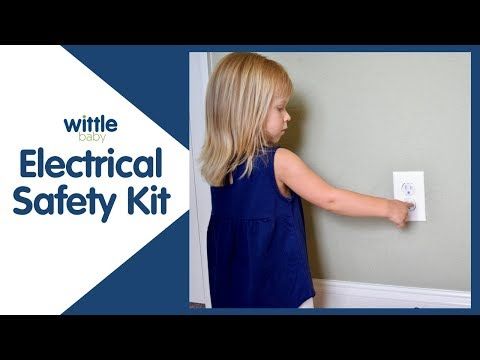
They do not spoil the interior of the home, they will fit any furniture set, they will match any style and design. - In the child's room.
Such a device will not cause any interest in children, which is what we need. - Place in kitchen, bathroom.
There are a lot of household appliances and appliances that consume electricity. It is in these two rooms that sockets are required. And the special cover will protect from hit of water or dirt.
Types of socket outlets with child protection
Such devices with protection against electric shock can be of different shapes, with different characteristics. All of them are united by one task - to protect the child from injuries, while maintaining the ability to use sockets for adults.
Outwardly, such sockets with plug protection are quite different from ordinary ones.
Socket outlet with safety key plug
The plug plays two roles here:
- It protects the electrical network from children.

- Keeps out water, dust and other household debris.
Usually such devices are made of durable material. Usually it's plastic. Less commonly, silicone is used instead of plastic.
The plug is made in such a way that, by inserting it, you can lock the device by turning the key. After that, the child will no longer be able to pull out the device.
Like any tool, end caps have advantages and disadvantages.
Advantages:
- Cheapness associated with the design simplicity of the product.
- Ease of use.
- Sufficient force must be applied to remove the plug.
- Multifunctional protection - this design saves both from childish pranks and from everyday factors.
- Safety for the health of the child even if they manage to put a nail, wire or other similar objects inside, because. the turned plug simultaneously translates the holes in the socket into phase and zero.
Negative points
Serious fire safety requirements for the material from which the device is made.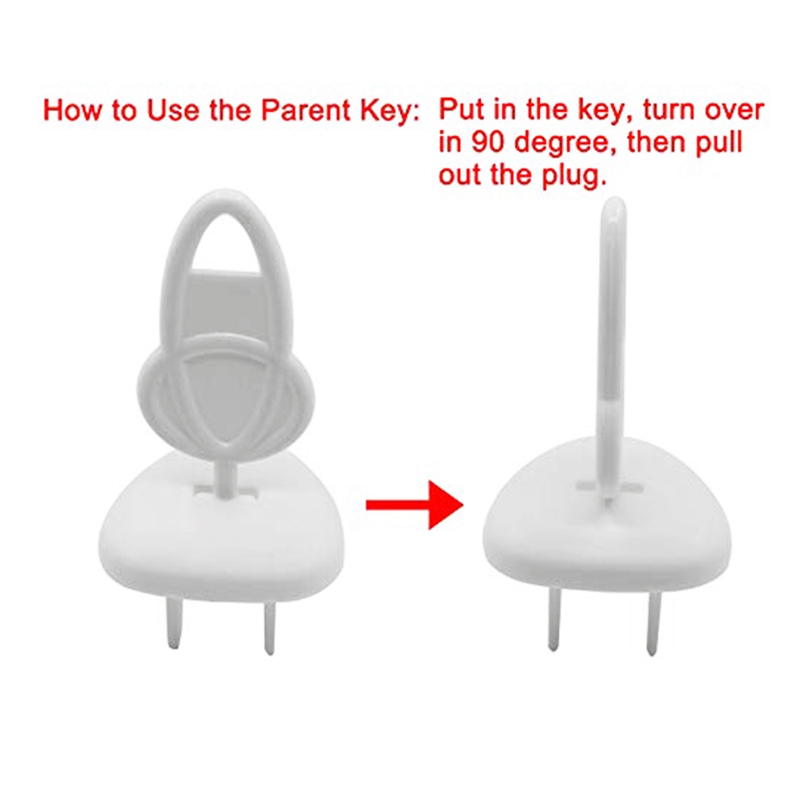 It is exposed to heat during operation. Therefore, it is imperative to have quality certificates. It is better to pay for a more expensive model, but avoid the risk of fire.
It is exposed to heat during operation. Therefore, it is imperative to have quality certificates. It is better to pay for a more expensive model, but avoid the risk of fire.
The plug securely protects the socket from penetration by young children. The older the child, the more opportunities he has to open it.
If the parent forgot to close the plug (as they usually did before), then the child may be injured.
Socket equipped with a rotary mechanism
Compared to a key, a simpler mechanism for activating the security is used here. If an adult decides to use the device, he turns the plug in one motion. She gets into position. When the outlet is no longer used, the plug is slightly pulled towards itself, turned in the opposite direction. If the socket is protected or how to plug the plug back in, then you can use the reverse order and insert the plug into the socket with protection.
The plates block access to the contacts.
Requirements for choosing a socket with a swivel mechanism:
- Plastic must be of high quality, retain strength after repeated use.
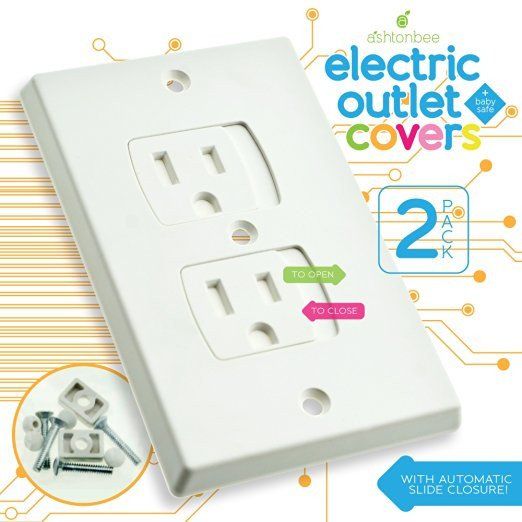
- The plug itself inside the structure must not have any "backlash", it must firmly cover the holes in the socket, otherwise children will be able to unlock the fixture.
- The above conditions mean that such devices are always expensive. Trying to save money on security issues can have disastrous consequences.
Outlet with internal shutters
This option has the undoubted advantage of combining ease of use with reliability. Curtains will protect from dirt, water or dust.
There are several options for protecting the plug in a socket with internal shutters:
- Overhead shutters (sold separately)
- Internal shutters (integrated inside the outlet during production)
• Curtains swiveling towards
• Curtains retract with pressure
Childproof sockets: how they work, overview, application
Content
- 1 The danger of current for a child
- 2 Special sockets for protecting a child
- 3 Protective curtains on sockets
- 4 Additional protection of sockets
- 5 What are the protection of sockets
- 6 how to use pugs with a lock of
- 7 video 7 related
Almost all parents will say that the most valuable thing in life is a child. There are a large number of outlets in the house, and they are the most dangerous source for your children. That is why sockets with protection will become your reliable protector. Many people do outreach. When telling a child that it is dangerous, he cannot always understand you and not do it. Children always try to do something contrary to their parents. When a child is really interested in something, he can simply forget about your ban. That is why special sockets from children or various devices will come to your aid, which we will discuss in more detail in this article.
There are a large number of outlets in the house, and they are the most dangerous source for your children. That is why sockets with protection will become your reliable protector. Many people do outreach. When telling a child that it is dangerous, he cannot always understand you and not do it. Children always try to do something contrary to their parents. When a child is really interested in something, he can simply forget about your ban. That is why special sockets from children or various devices will come to your aid, which we will discuss in more detail in this article.
Childproof sockets are the best way to keep your child safe and healthy
Child's electric shock
To date, there are no babies who will be insured against electric current. If the parents do not take precautions, then the danger may overtake your child. If a child decides to put a plug or other metal objects into the device, then you will not be able to avoid danger. That is why many parents prefer special sockets.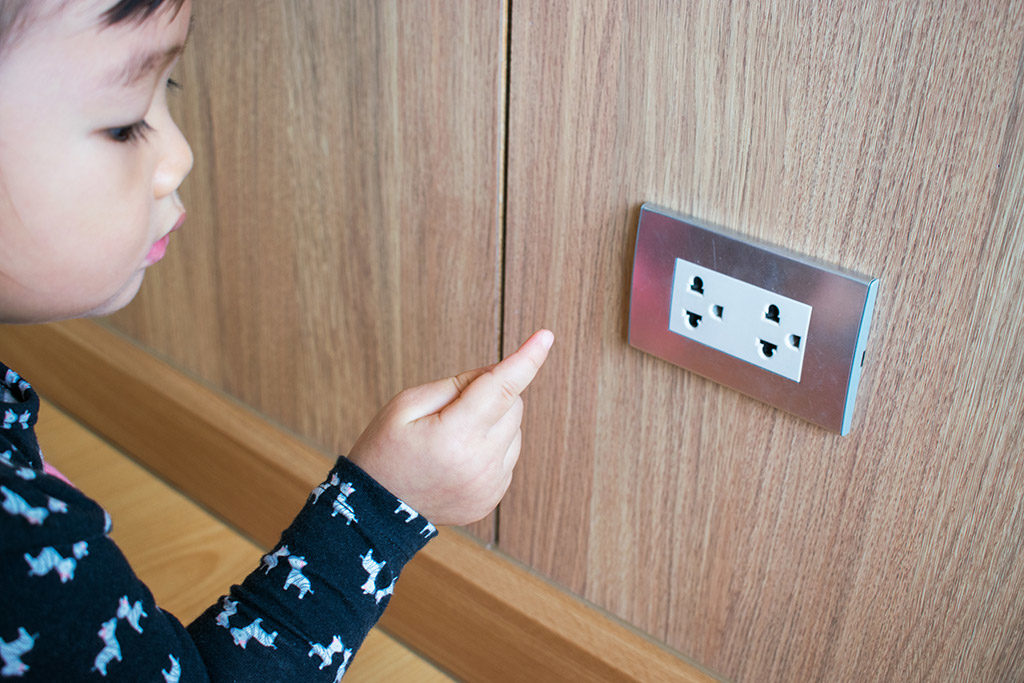 They are designed in such a way that it will be difficult for a child to notice them.
They are designed in such a way that it will be difficult for a child to notice them.
How the child-proof socket looks like
Also today there are a number of devices that have protective properties. Special sockets can prevent tragedy, but not always. You should never rely on technique, as sometimes it can work too late. In this case, you will not be able to save the life of the child. If we talk about sockets that have a protective device, then it should be remembered that their installation is appropriate in the bathroom.
Special sockets for child protection
Special sockets will help protect not only the health, but also the life of the child. The most correct and effective way will be the purchase and installation of outlets with protective curtains. A closed socket will be almost ideal for installation in those rooms where small children live. They make life much easier and allow you to protect the child thanks to the unique socket design. Of course, in order to find sockets that have protective curtains, you should spend a lot of time.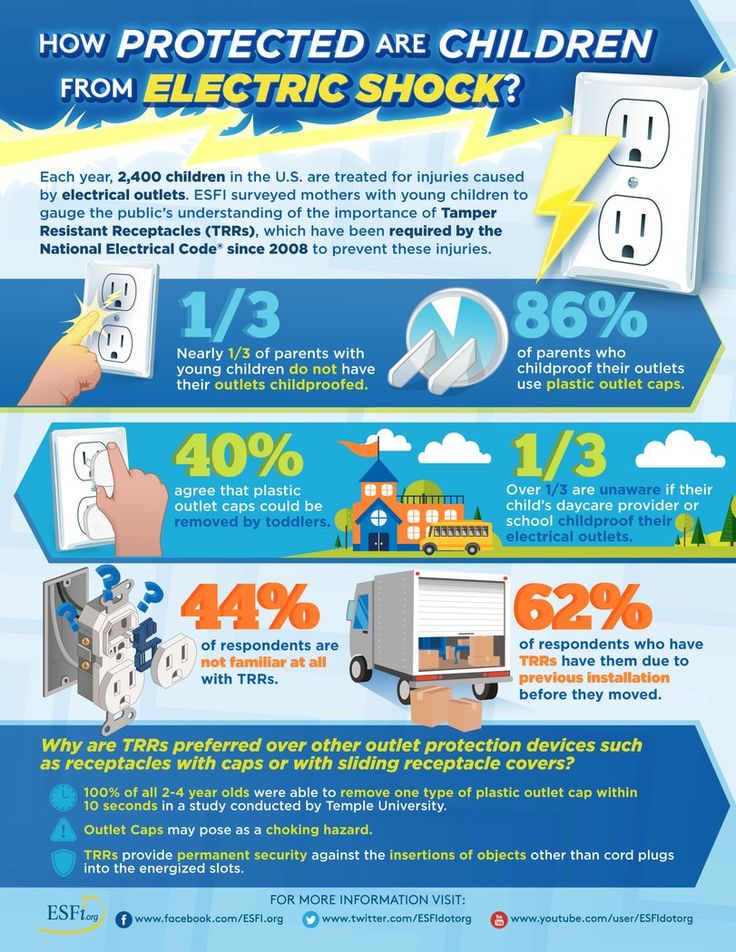 This is a fairly rare product that is hard to find on the market. But it is thanks to them that you can definitely protect the baby from electric shock.
This is a fairly rare product that is hard to find on the market. But it is thanks to them that you can definitely protect the baby from electric shock.
Protective curtains on outlets
First of all, these are protective devices that are located on the inside of the socket. They are attached to the cover and can automatically close the sockets in the socket. Thanks to them, the child simply will not be able to insert foreign objects into the nests, which will become conductors. To date, their range is quite wide. Many manufacturers have begun to produce separate lines of these devices. They reliably protect children from electric shocks.
Rosette with internal curtains - great option
Also, if you look at all the products, then you can find internal structures that should be installed in plastic boxes. But when buying these devices, you must remember that they are quite difficult to install. Protective curtains have not only these sockets.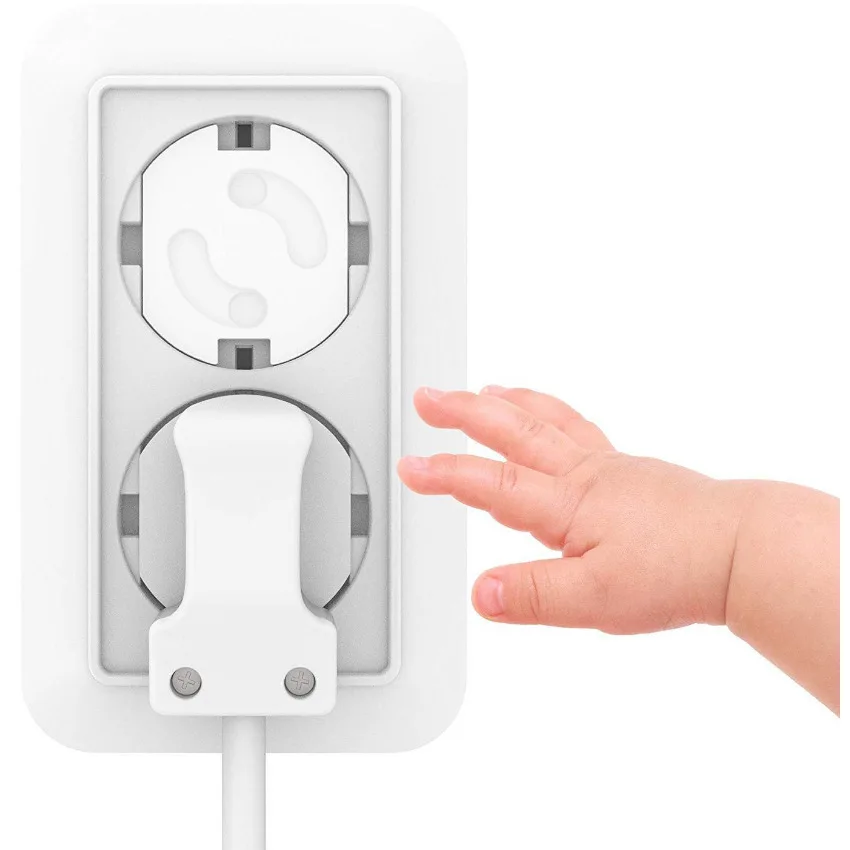 There are other types of sockets that have them in their design.
There are other types of sockets that have them in their design.
Another method of protection include special plugs. But this method also has its disadvantages. A plug is a small item that can be easily lost. It is also very likely that the child will simply pull out your plug.
Additional socket protection
At the moment, you can buy not only special sockets with protection, but also additional plugs and curtains. Indeed, when doing electrical work in the house, many parents do not think that in a few years they will have a child who needs to be protected. And do not forget about the savings, no one will overpay immediately. But, there is nothing terrible in this, since additional protection can be bought without much difficulty.
Types of socket protections
At the moment, there is a huge number of devices that can be installed as child protection on sockets. Among the main ones, we highlight:
- curtains;
- plugs;
- end caps with lock.
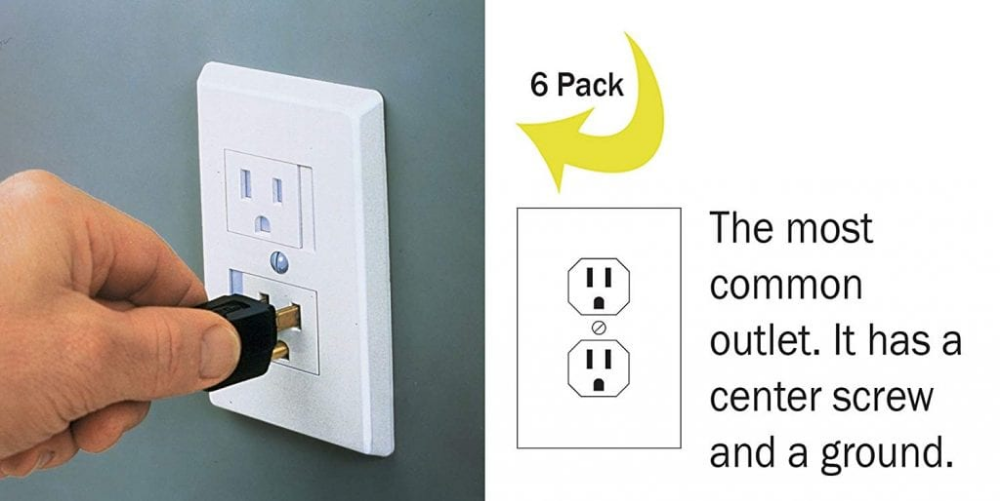
Curtains are a great way to keep your child out, but they can only be purchased with sockets. What you don't always want to do.
Plugs are used by many parents, but they cannot be called effective. After all, sooner or later the child will learn to pull them out of the socket. Therefore, we do not recommend buying them, there are more thoughtful ways.
Plugs with a lock for sockets are the best solution at the moment. After all, inserting such plugs into the socket, without a special key, they cannot be pulled out. The cost of such protection is not at all high, but they will bring significant benefits.
Cover for sockets with protection will help out in any situation
How to use locking plugs
Easy to use child caps. It is enough to insert them into the socket and close. After that, it will be possible to open them only with the help of a special key that comes with the kit.
Remember! When using plugs with a lock, do not forget to close them.
